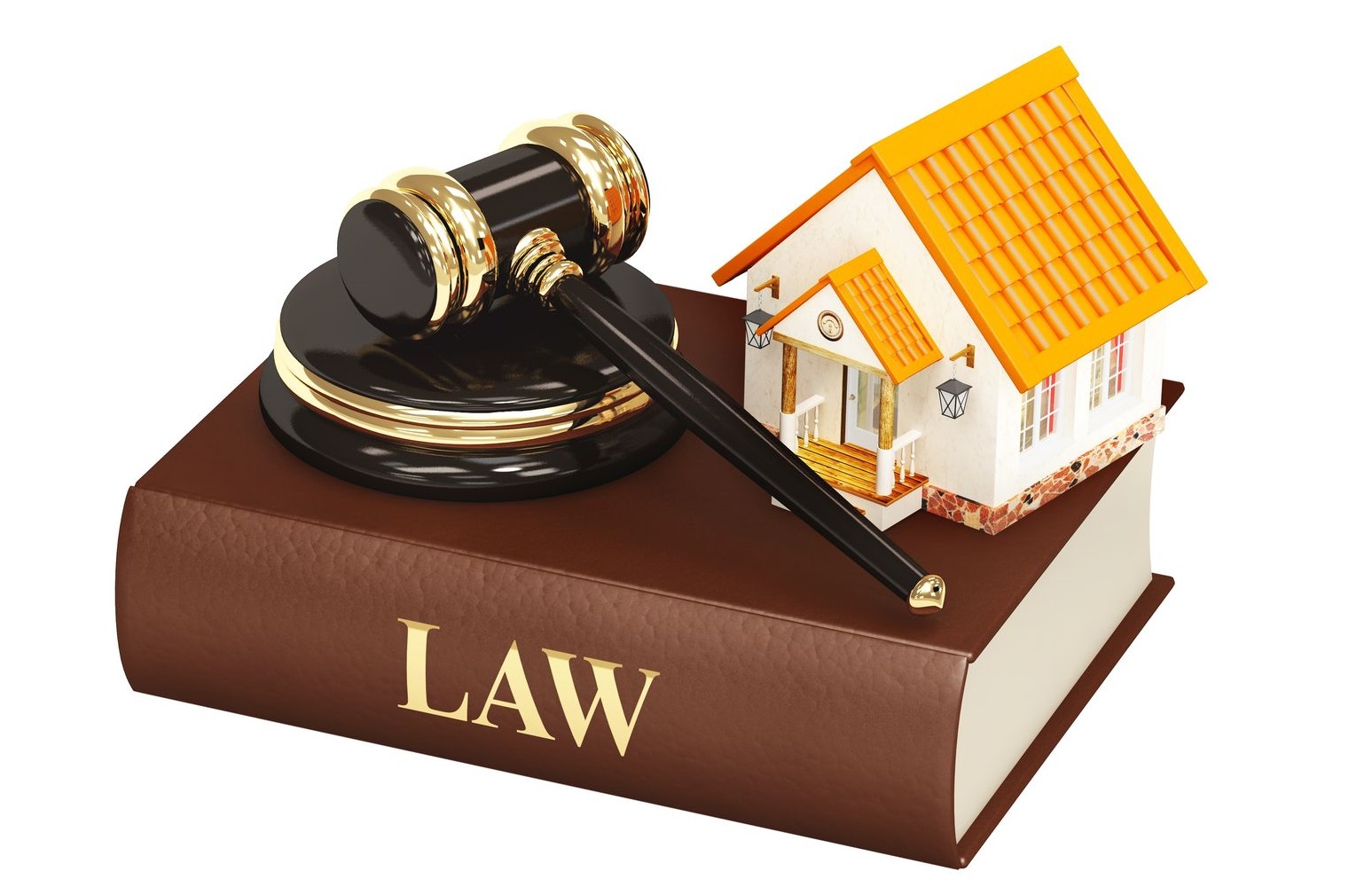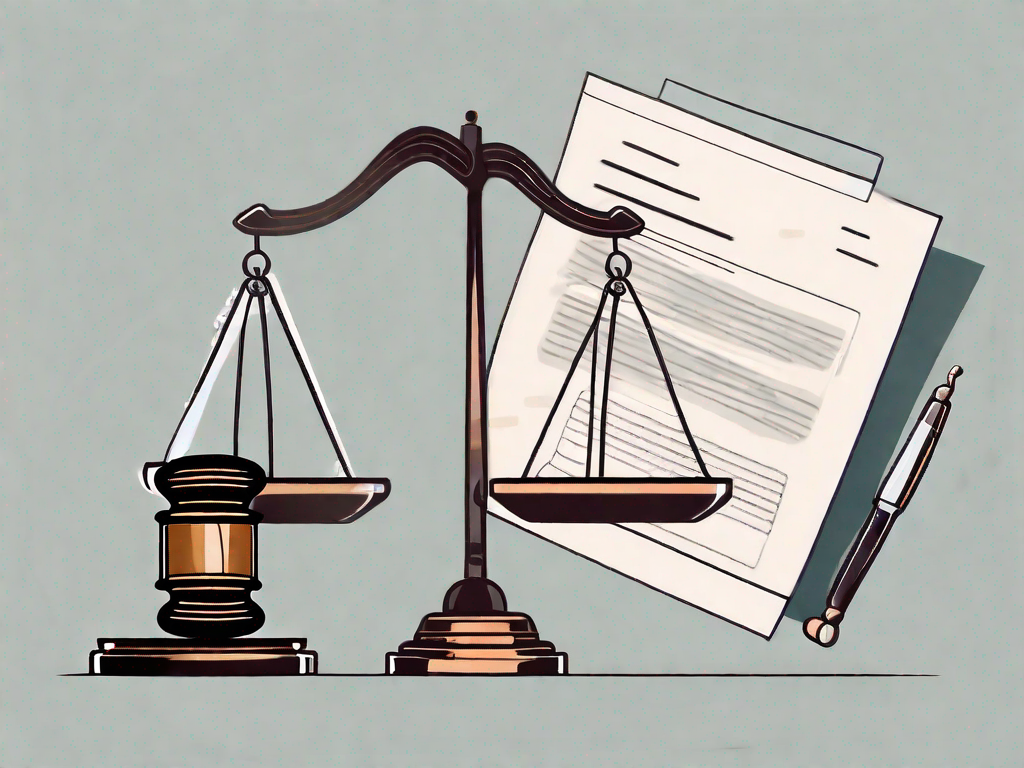The Supreme Court, in affirming the established legal precedent, ruled that a co-owner is entitled to sue a trespasser for ejectment and recover damages without the necessity of involving other co-owners in the action. This decision reinforces the principle that a co-owner can seek legal recourse to protect their undivided share of the property. In …
It is settled law: “Any co-owner can sue a trespasser for declaration of title and ejectment”: SC

The Supreme Court, in affirming the established legal precedent, ruled that a co-owner is entitled to sue a trespasser for ejectment and recover damages without the necessity of involving other co-owners in the action. This decision reinforces the principle that a co-owner can seek legal recourse to protect their undivided share of the property.
In the case brought by the Plaintiffs-Appellants against the Defendant-Respondents, the central issue revolved around the Plaintiffs-Appellants’ claim is of title to a portion of land and their effort to evict the Defendant-Respondents from this property.
The Plaintiffs-Appellants argued that by Deed No. 4646 dated 20/05/1986, Mahindaratne, the deceased husband of the 1st Plaintiff-Appellant and father of the 2nd and 3rd Plaintiffs-Appellants, became the lawful owner of Lot 1 in Plan No. 5817. This claim was supported by the assertion of undisturbed and uninterrupted possession for over 10 years, suggesting both paper and prescriptive title.
The Defendant-Respondents contended that the land remained undivided and argued that the transfer of the said land to Mahindaratne was merely for securing a loan, thus no actual ownership rights were transferred. They claimed that the Plaintiffs-Appellants could not maintain their action without establishing a proper division of the land.
The District Court ruled in favor of the Plaintiffs-Appellants, granting them the relief sought, including a declaration of title and the eviction of the Defendant-Respondents. However, upon appeal, the Civil Appeal High Court reversed this decision, positing that the land in question was undivided and co-owned by both parties, thus necessitating proof of prescriptive title against all co-owners for the Plaintiffs-Appellants to succeed.
The Plaintiffs-Appellants then brought the matter before the Supreme Court, which emphasized the established legal principle that a co-owner can sue a trespasser for a declaration of title and ejectment from the whole land. This principle was supported by precedents such as Attanyake vs. Ramayawathie and Hevawitarane vs. Dangan Rubber Co. Ltd., which affirmed that any co-owner is entitled to eject a trespasser from common property, and prima facie evidence of title is sufficient in such actions.
The Supreme Court found that the Plaintiffs-Appellants had sufficiently proven their title to the disputed Lot 1 and the identification of the land. The Defendants-Respondents’ defense, based solely on a claim of constructive trust for securing a loan, was deemed insufficient to challenge the Plaintiffs-Appellants’ established rights. The Court held that the Plaintiffs-Appellants, as co-owners, were entitled to sue and eject the Defendants-Respondents, who were considered trespassers lacking any paper title, prescriptive, or other rights against the Plaintiffs-Appellants.
Consequently, the Supreme Court set aside the Civil Appeal High Court’s judgment and reinstated the District Court’s decision in favor of the Plaintiffs-Appellants. The judgment underscored that a co-owner, even without the participation of other co-owners, has the right to take legal action against trespassers to protect their ownership rights and recover possession of the land.
“…As discussed earlier in this Judgment, this is not an action filed by one co-owner against another. By this action the Plaintiffs-Appellants have not interfered or endangered the rights of any of the other co-owners. In this action, the 1st Plaintiff-Appellant is not claiming co-ownership to the larger land, asserting prescriptive rights over other co-owners not before Court. However, as a sole co-owner, the 1st Plaintiff-Appellant can sue a stranger trespasser in ejectment, and recover damages without joining other co-owners as Plaintiffs.” – Justice Shiran Gooneratne
“It is well settled law that a co-owner can sue a trespasser to have his title to the undivided share declared and for ejectment of the trespasser from the whole land. In Hevawitarane vs. Dangan Rubber Co. Ltd.3 Wood Renton A.C.J declared; “Any co-owner, or a party claiming under such a co-owner, is entitled to eject a trespasser from the whole of the common property,” also was of the view that “prima facie evidence of title is all that is required in such an action…” – Justice Shiran Gooneratne
Case: SC Appeal No: 16/2013 [decided on 10/07/2024]Before: Justice P. Padman Surasena Justice A.L. Shiran Gooneratne Justice Mahinda Samayawardhena






